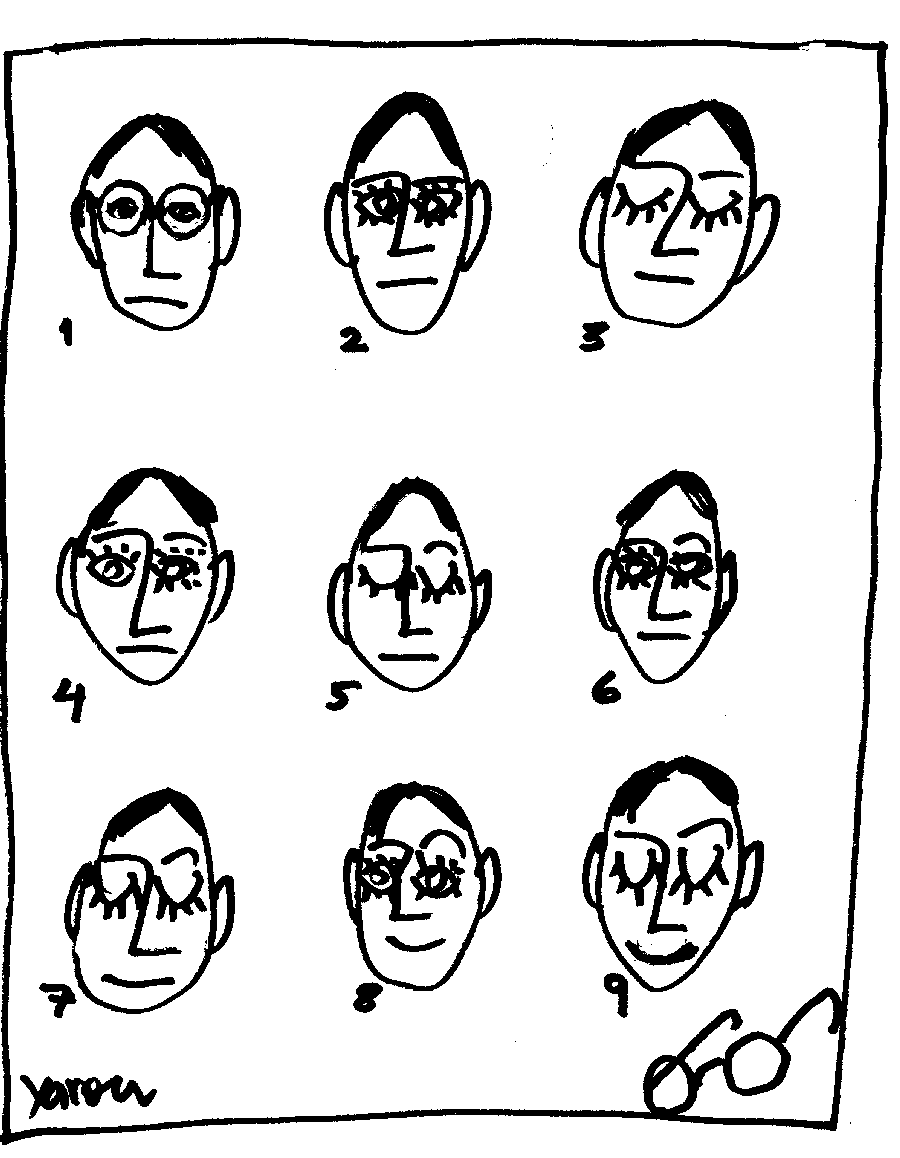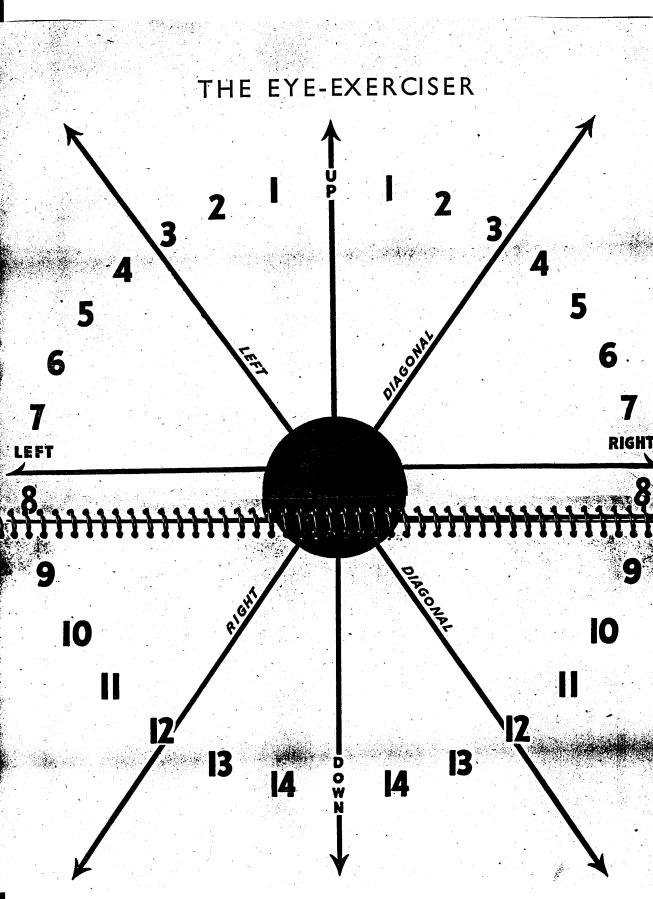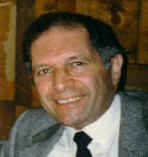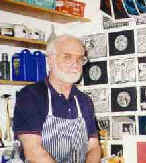
The Eyes Have It
by Joe Sinclair
Illustrated by Yaron Livay
[Biodata and pictures of contributors will be found by clicking here]
It was 1946. Not long after the end of World War II. We had removed, as Regent Polytechnic Secondary School (later renamed the Quintin School) from the main Polytechnic building in Regent Street, to a small primary school premises in the wilds of Soho.
There was a general inspection of everyone's eyes at the school. I was dismayed to discover that my eyesight was far from perfect and, after a series of tests, I was diagnosed myopic and prescribed spectacles. I wore them reluctantly, refusing to admit (despite all evidence to the contrary) that my vision was improved by their use.
Some months later, by a process that I now know to be synchronicity - but in those days mistakenly assumed it to be coincidence! - I was taking a post-prandial stroll before afternoon classes in the somewhat seamy atmosphere of Berwick Street market and stopped to browse the books on a bookstall. The title Better Eyes Without Glasses caught my un-bespectacled gaze. (See! Knew I didn't need specs!) It was, however, white on black in about size 28 point. Also it only cost sixpence. So I bought it.
Written by an American dietician named Gayelord Hauser and published in 1941, it was concerned initially with nutritional benefits to eyesight and I thought that I would, maybe, try some of the author's suggestions. But reading further into the book it described the work in the area of sight therapy by Dr. William Bates and gave examples of some very simple exercises that Hauser claimed to have highly beneficial effects. It seemed easier to try the exercises than to change my diet - which would have involved selling my mother on the advantages of such a change!
There were five major exercises and some additional suggestions. The most important of all Hauser's suggestions, it seemed to me, was to blink rapidly and frequently. Recalling that advice and my determination to follow it makes me wonder what observers must have thought of me, with my eyelids continuously popping up and down. Ultimately, of course, I learned discretion and used the device only when alone and relaxed. I found that it was very helpful while studying, to stop from time to time and have a mini-blinking session. It also seemed to "clear the cobwebs".

The most praised of the exercises was palming. I discovered that this too had a remarkably relaxing effect, especially when I had been reading for a prolonged period. In addition to the palming and the blinking, I also (usually in the mornings before school and the evenings before bed) practised swinging, neck-circling, and the use of the eye-exerciser (see diagram below) which, after a while, I no longer needed as a visual aid, but could practise from memory.
[Detailed and illustrated descriptions of the eye exercises will be found in our leading article Notions, Potions and Nostrums, accessible here]
I stopped using my spectacles when I started the exercise routine. Three months later I threw them into a drawer and haven't used them since. Correction: I used them once more. Eighteen months later I was conscripted to National Service. As Army recruits we had to have our eyes tested for spectacles that would fit inside a gas mask. I was asked to bring my spectacles to the test. It was discovered that the myopia for which they had been prescribed had all but vanished. My eyesight was not perfect, but did not require any prosthetic assistance.
I have not worn spectacles since, but I'm pretty sure that, without the aid of Bates and his disciple Hauser, my prescription spectacles would have been increased in power from year to year until I had become totally dependent upon them.

The eye-exerciser (in its original form it is about the size of a quarto sheet of paper) should be held about four inches from the nose, with the nose in line with the centre spot. Holding the head perfectly still, the eyes should follow the up and down arrows 10 to 15 times, then follow the left and right arrows similarly, and finally repeating the process with the right diagonal and the left diagonal arrows. Finally a complete circle clockwise, blinking at each number, and a repetition anti-clockwise.
When practising eye exercising myself, without the use of the chart, I developed my own system of trying to envisage myself looking at the top of my head, at my feet, and at the back of my head - without moving my head. I discovered that this "impossible" act nevertheless had the effect of making me stretch the eye muscles more than I might otherwise have done.

Joe
Sinclair is a

Yaron Livay was a prominent chartered account in Israel before retirement, since when he has divided his time between Israel and England where he is a successful artist and print maker whose work has been bought, among others, by the Victoria and Albert and the Imperial War museums. He provided all the illustrations for Joe Sinclair and Michael Mallows book Peace of Mind is a Piece of Cake Email: ylivay@hotmail.com